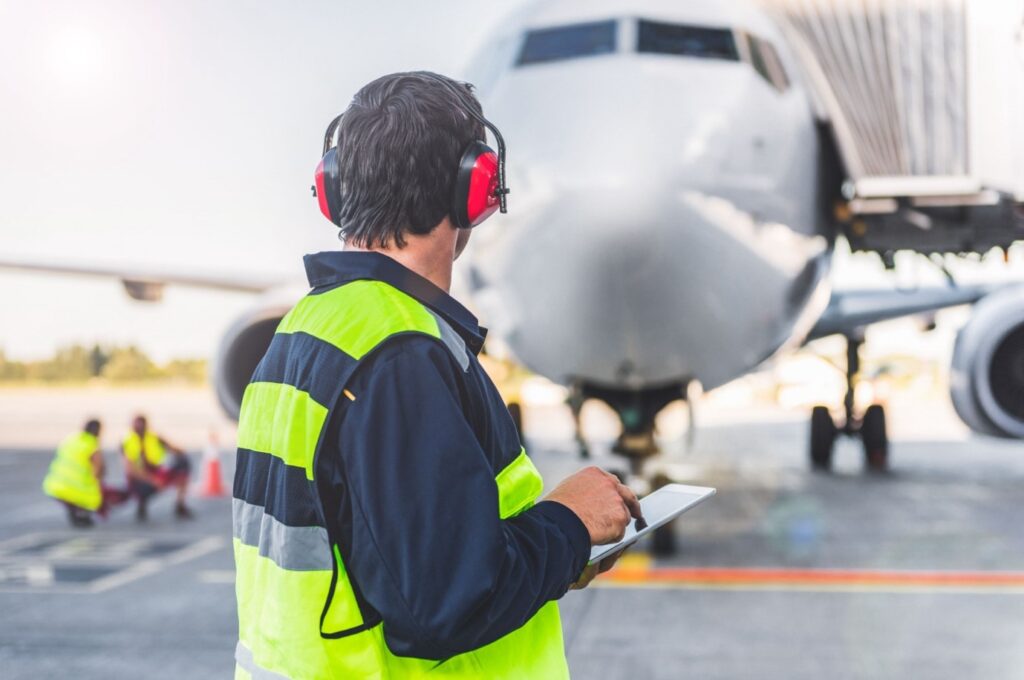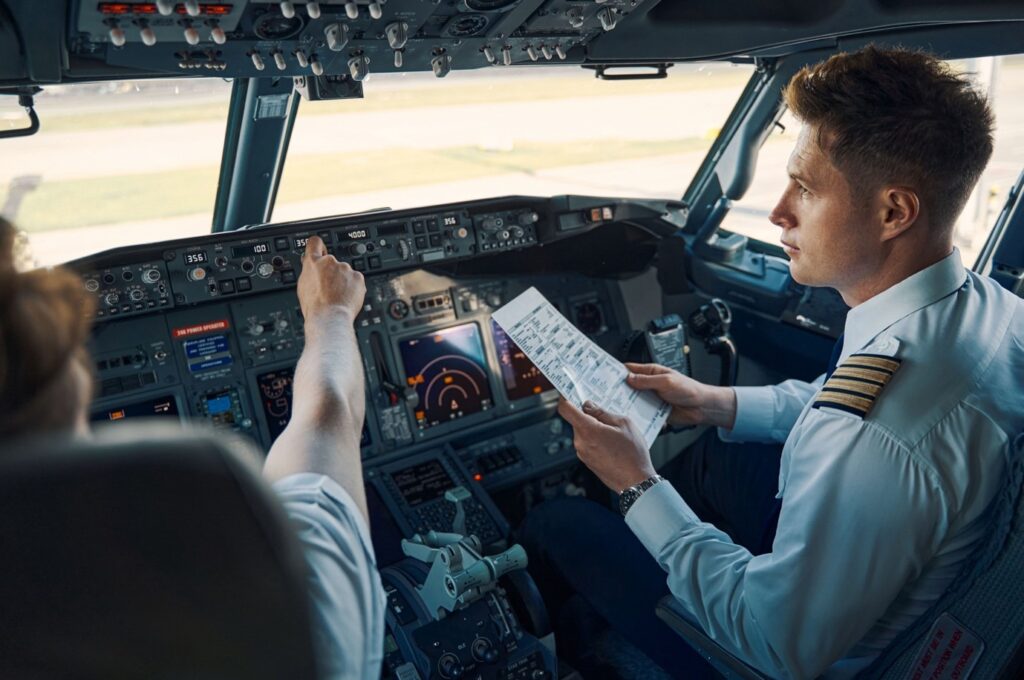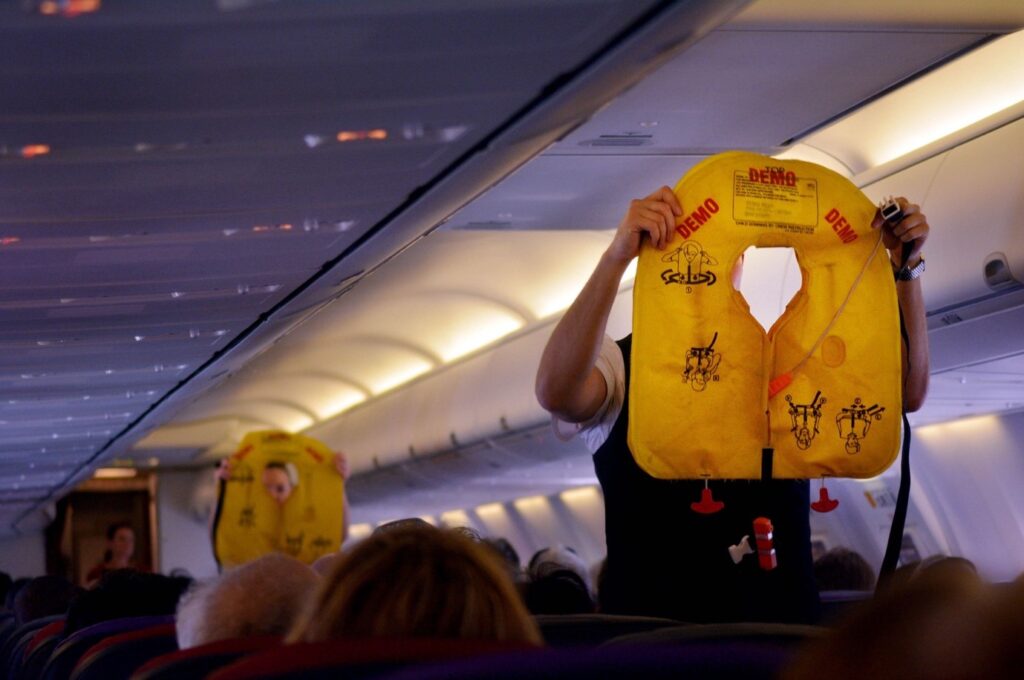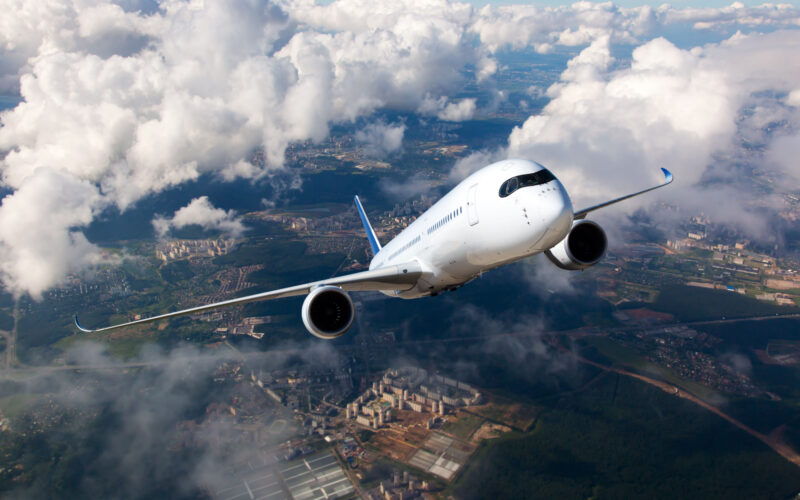Air travel has revolutionized the way we connect across the world, making distant destinations easily accessible and effectively shrinking the globe. Despite the marvels of aviation technology, though, concerns about safety have always lingered in the minds of travelers.
In our contemporary era of 2023, the safety of flying has undergone significant improvements, driven by meticulous advancements in technology, stringent regulations and a heightened commitment to passenger well-being.
In this article, we’ll delve into the depths of modern air travel safety, answering our main question ‘how safe is flying today?’ and exploring key factors that contribute to a secure and reliable journey through the skies. Furthermore, we’ll examine the two predominant types of contemporary transportation, airplanes and cars, and conduct a comparative analysis between the two.
How safe is flying today?
The aviation industry has come a long way from its early days, when safety regulations were not as rigorously enforced as they are today. According to the International Civil Aviation Organization (ICAO), the global aviation industry experienced 1.93 accidents per one million flights in 2021, showcasing a remarkable improvement in safety measures. These stringent standards encompass aircraft design, maintenance procedures, pilot training, air traffic management and airport operations. Airlines around the world adhere to these standards, ensuring a consistent level of safety, regardless of the destination.
In 2022, there were fewer accidents involving scheduled commercial flights using aircraft with a maximum mass of over 5700 kg (12566.35 pounds), as compared to 2021, in the 55 states within the European regions. Specifically, there were eight such accidents in 2022. Importantly, none of these accidents resulted in any fatalities. As a result, the regional accident rate for this type of operation was 1.02 accidents per million departures. This marks a substantial decrease of 57% from the accident rate recorded in 2021, which was 2.35 accidents per million departures.
In simpler terms, the number of accidents has gone down, and the rate at which these accidents occurred per million departures has significantly improved in 2022, indicating an increasingly safe travel environment for scheduled commercial flights within the European regions.
Note: an aviation accident is defined as an event involving an aircraft in which there is substantial damage, injury, or loss of life. It includes incidents where the aircraft’s operation or structural integrity is compromised, resulting in adverse consequences.
So, what makes flying safe today?
In the era of modern aviation, which factors contribute to the high level of safety in air travel?
Exploring the interplay of technology, regulations, expertise, training and technological advancements reveals an intricate web of five key elements that collectively make flying the safest mode of transportation.
Technological advancements
Modern air travel owes much of its safety to cutting-edge technologies that have transformed every aspect of aviation. According to the Federal Aviation Administration (FAA), the introduction of advanced avionics systems has significantly reduced the accident rate.
These systems include state-of-the-art navigation, communication and collision-avoidance technologies – in particular, the implementation of Global Positioning System or GPS and enhanced Ground Proximity Warning Systems (EGPWS), also referred to as Terrain Awareness Warning Systems (TAWS). These advancements enhance pilot situational awareness, reduce human error and enable safer navigation, even in adverse weather conditions.
In recent years, aircraft design has incorporated innovative materials that enhance structural integrity and fuel efficiency. Boeing reported that the use of composite materials in the Boeing 787 Dreamliner reduces the aircraft’s weight and increases its durability, contributing to improved safety. State-of-the-art engines provide enhanced reliability and performance, further bolstering in-flight safety.
Additionally, advancements in engine condition monitoring (ECM) and diagnostics systems enable the real-time tracking of engine health, ensuring that potential issues are identified and addressed swiftly.
Stringent maintenance protocols
Maintenance practices are the backbone of aviation safety. According to Airbus, modern aircraft undergo rigorous maintenance checks after every 400-600 flight hours (or around 200-300 flights). These intervals may vary, based on the specific aircraft model.
During this process, skilled technicians undertake tasks such as replacing filters, conducting thorough system inspections and ensuring essential lubrication. Additionally, they meticulously examine emergency equipment. On average, this procedure, known as an ‘A check’, takes approximately 50 – 70 hours to complete.
Airlines follow stringent maintenance protocols that involve regular inspections, repairs and the replacement of components. The just-in-time (JIT) inventory management system ensures that spare parts are readily available when needed, reducing downtime and potential risks.

Pilot training and expertise
The role of pilots in ensuring safe flights cannot be overstated. According to the National Transportation Safety Board (NTSB), pilot error contributes to around 85% of aviation accidents. Modern pilots undergo comprehensive training that covers various scenarios, from routine operations to emergency situations. Pilots are required to complete at least 1,500 hours of training before being certified. Advanced flight simulators allow pilots to practice maneuvers and handle emergencies in a controlled environment, honing their skills and decision-making abilities.
Crew resource management (CRM) training is another essential aspect of pilot education. It emphasizes effective communication, teamwork and decision-making among cockpit crew members, fostering a culture of collaboration that enhances safety.

Air traffic management and communication
The complexity of global airspace demands efficient air traffic management (ATM) systems. These systems use radar, satellite and ground-based technologies to monitor and direct aircraft, ensuring safe distances are maintained between them.
In the United States alone, approximately 5,000 flights are in operation every minute during peak times. Air traffic controllers (ATCs) play a crucial role in guiding pilots through the various stages of flight, from takeoff to landing.
Passenger safety and well-being
Airlines prioritize the safety and comfort of passengers, from the moment they step foot inside an airport to the time they disembark at their destination. According to the
Transportation Security Administration (TSA), 3,251 firearms were intercepted at security checkpoints across the United States in the first half of 2023, underscoring a firm commitment to passenger safety. Rigorous security screenings, modern baggage handling systems and comprehensive safety demonstrations contribute to a secure travel experience.

So, what makes flying safe today?
Modern air travel has reached unprecedented levels of safety thanks to a combination of rigorous regulations, cutting-edge technology, meticulous maintenance practices and the work of skilled professionals. The aviation industry continues to invest in safety enhancements, resulting in a remarkable improvement in accident rates over the years. Travelers can now embark on their journeys with confidence, knowing that the skies are navigated with the utmost care and commitment to their well-being.
Is flying safer than driving?
Flying is generally considered to be significantly safer than driving. This conclusion is supported by statistical data from various sources, including government agencies and aviation organizations. Here’s a breakdown of the safety comparison between flying and driving:
Fatalities per mile/distance traveled
According to data from the National Highway Traffic Safety Administration (NHTSA) and the FAA, the fatality rate per mile traveled is much higher for driving as compared to flying. For cars, the rate stood at 150 accidents per 10 billion vehicle miles, which is a staggering 750 times higher per mile compared to flying in a commercial airplane. Therefore, on average, you are more likely to be involved in a fatal accident while driving than while flying.
Comparison of risks
The risks associated with driving and flying are fundamentally different. In driving, you are exposed to potential dangers from other drivers, road conditions, the weather and other factors. On the other hand, aviation operates in a controlled and regulated environment, with pilots, air traffic controllers and strict safety protocols in place to minimize risks.
Redundancy and regulation
Commercial aviation is subject to rigorous safety regulations, enforced by aviation authorities such as the FAA in the United States. Aircraft are designed with redundancy in mind, including multiple engines, systems and backup plans to handle various emergencies. In contrast, cars have fewer built-in redundancies and are exposed to a wider range of variables.
Human factors and training
Pilots undergo extensive training and recurrent testing to ensure their competence in handling an assortment of different situations. Though driving also requires training, the overall training and skill level of pilots can contribute to safer outcomes in the aviation sphere.
Weather and conditions
Adverse weather conditions can significantly impact road safety, whereas pilots have access to advanced weather information and are trained to navigate through various weather scenarios.
Global comparison
Globally, aviation safety has been improving steadily over the years. The International Air Transport Association (IATA) has reported a consistent decrease in the number of aviation accidents and fatalities, reflecting the industry’s commitment to safety.
It’s important to note that while flying is statistically safer, the perception of risk can vary among individuals. A fear of flying, known as aviophobia, is a common phenomenon even though the statistical likelihood of an accident is low.


